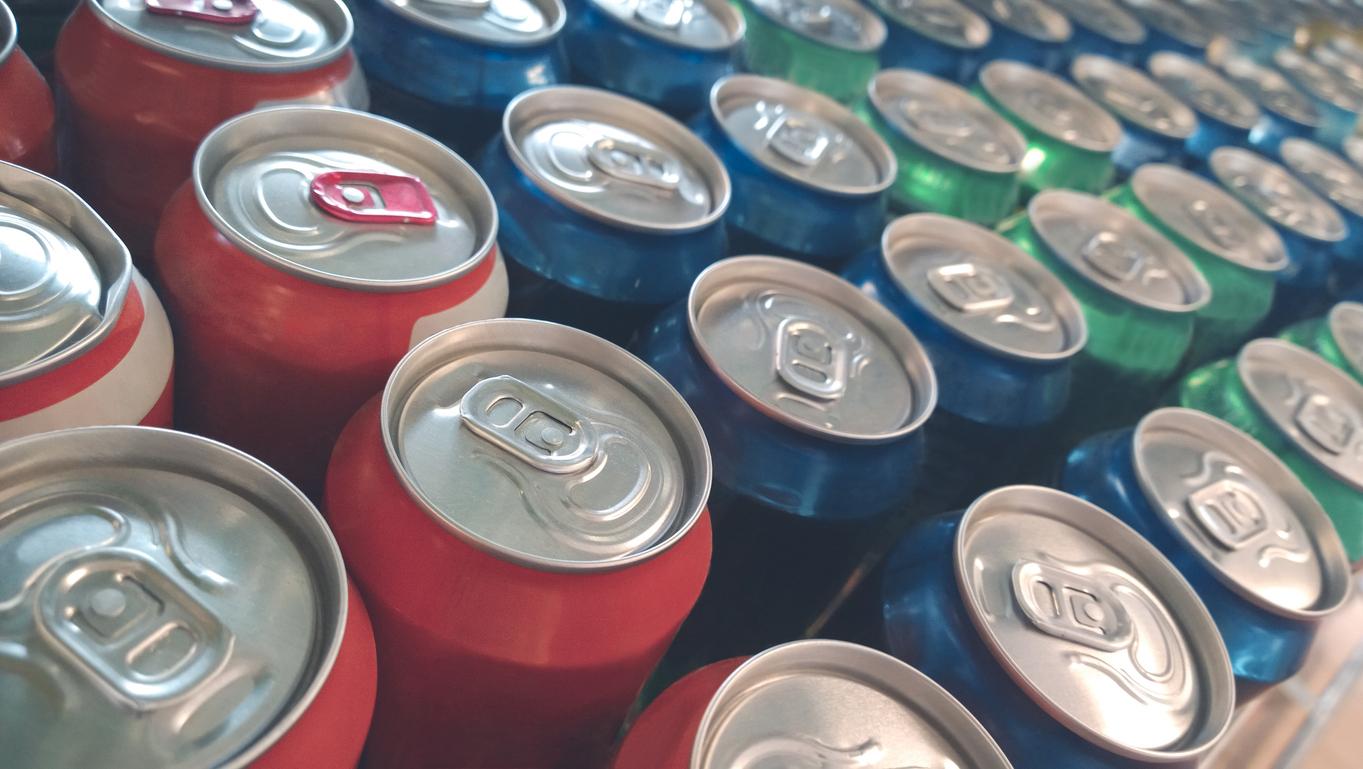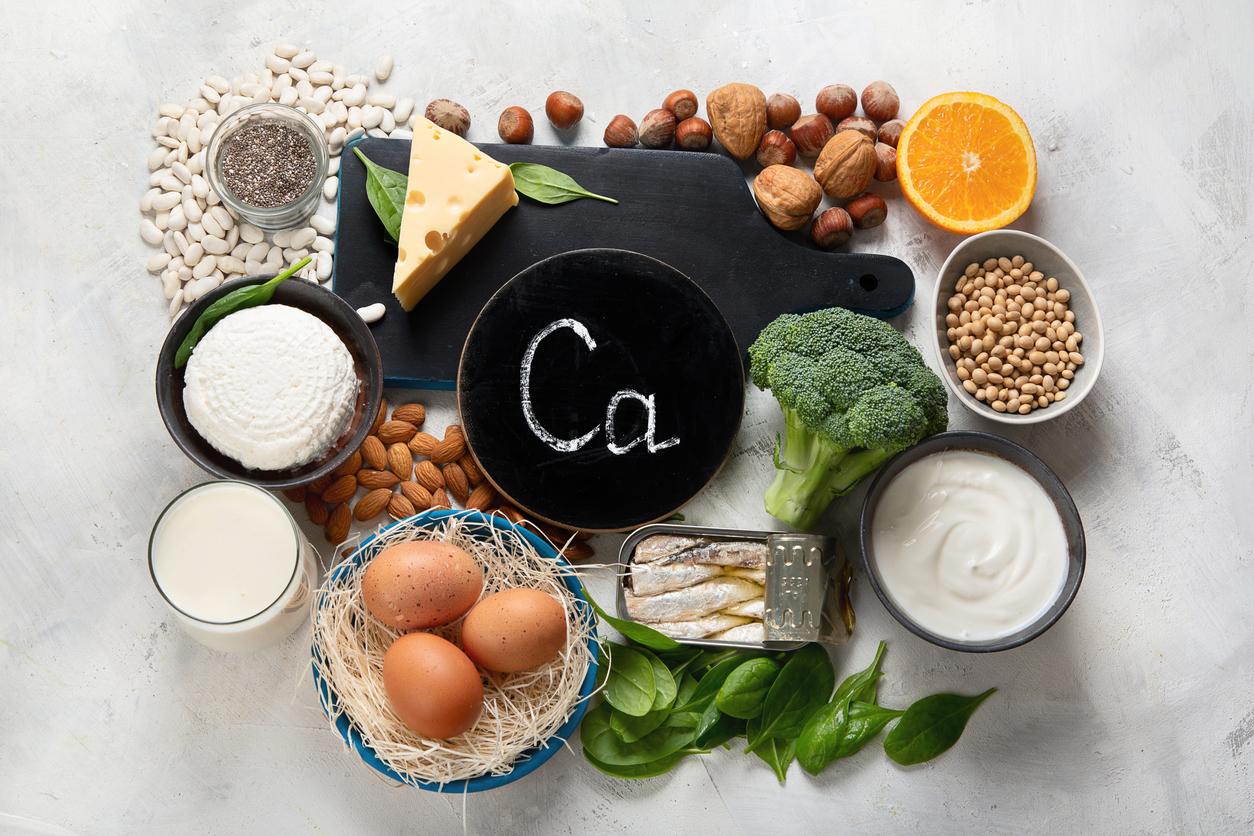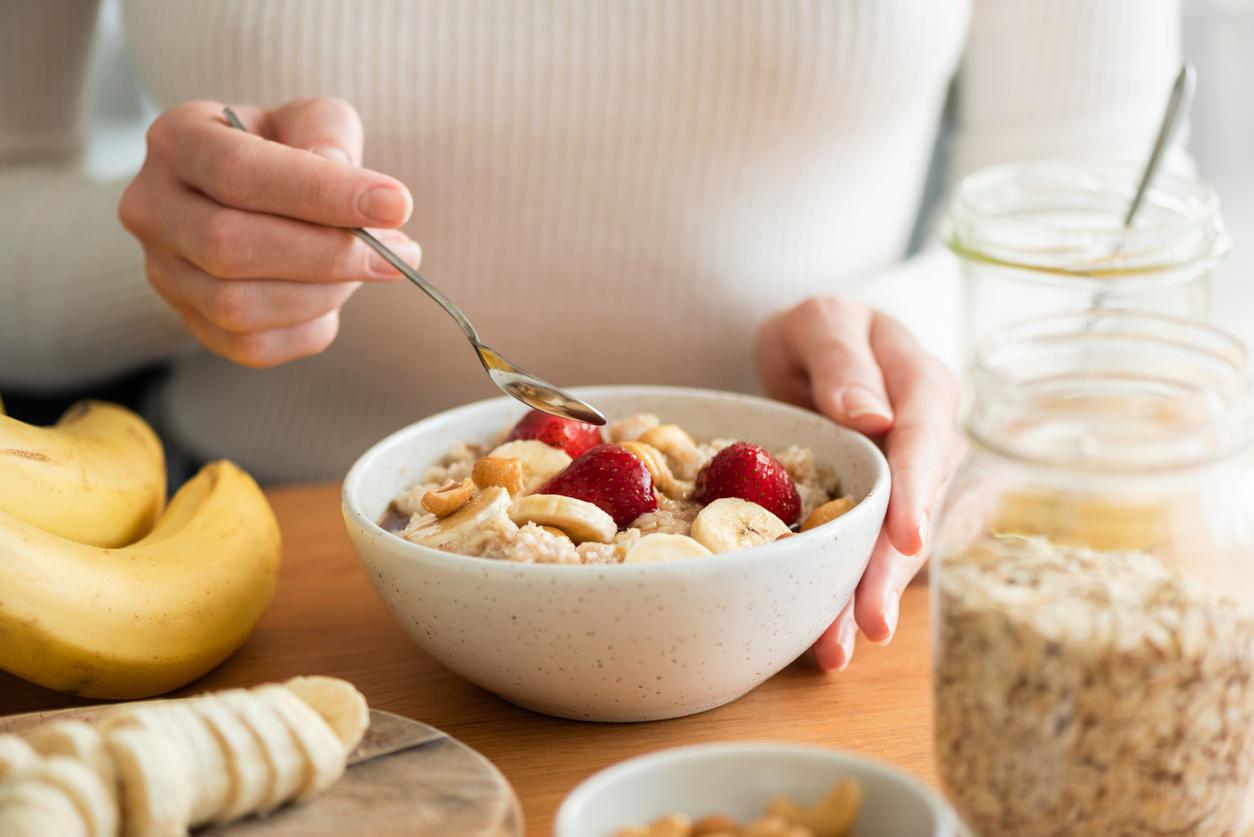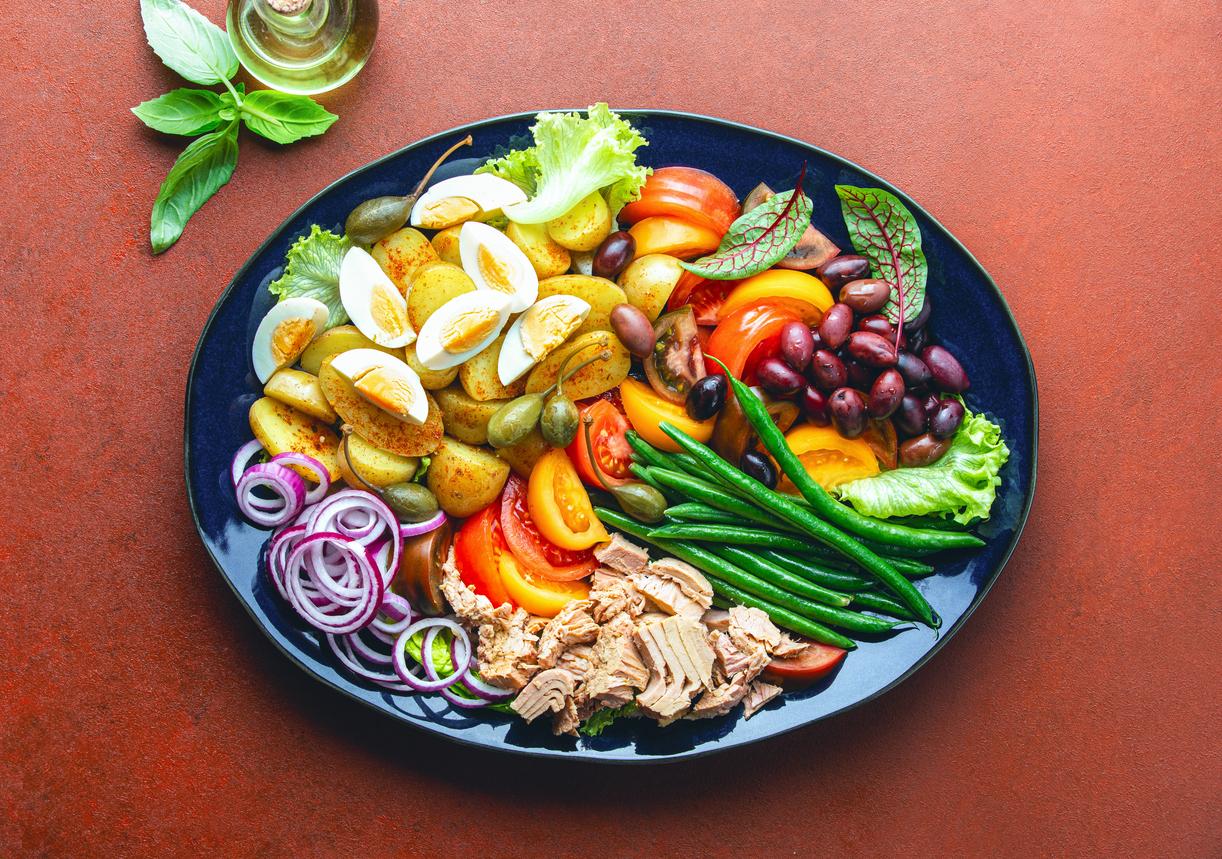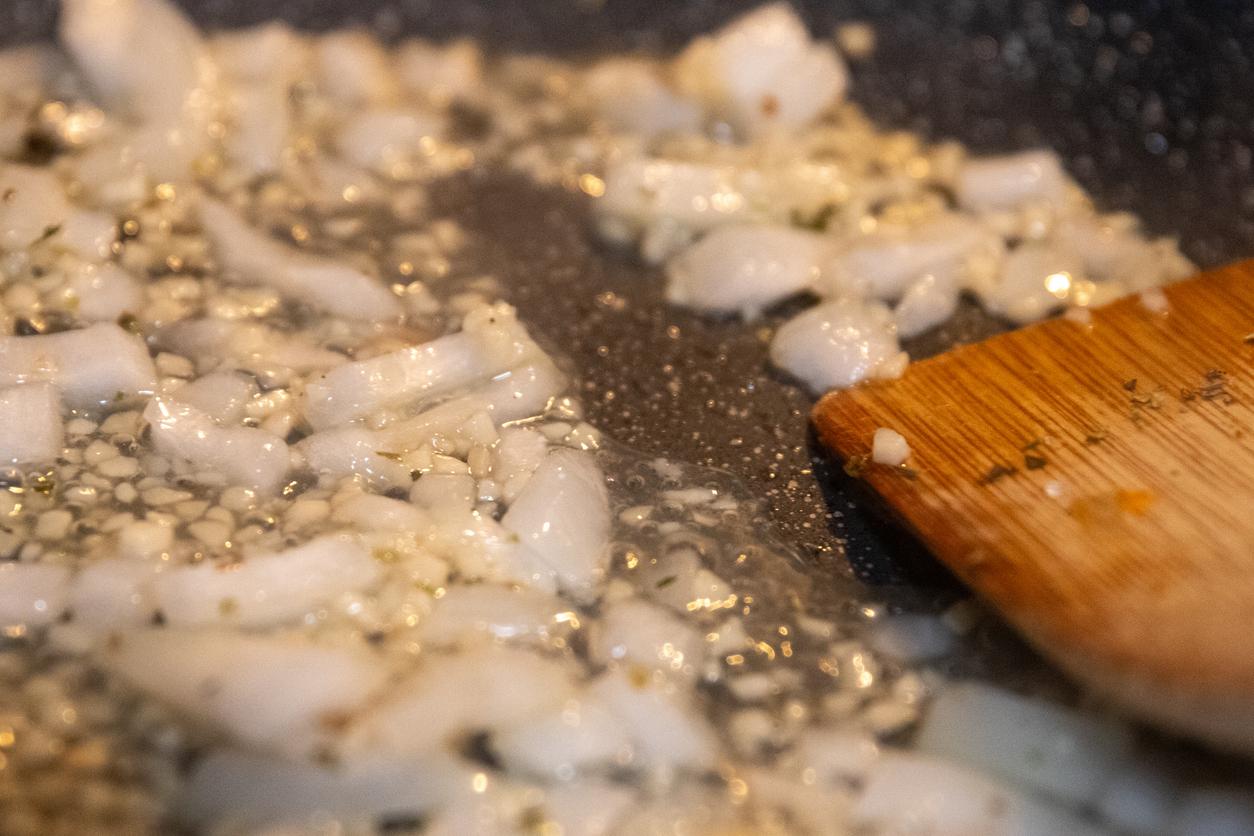Drinking raw milk could be more risky than beneficial for your health, according to the opinion of three experts who recommend consuming it pasteurized.
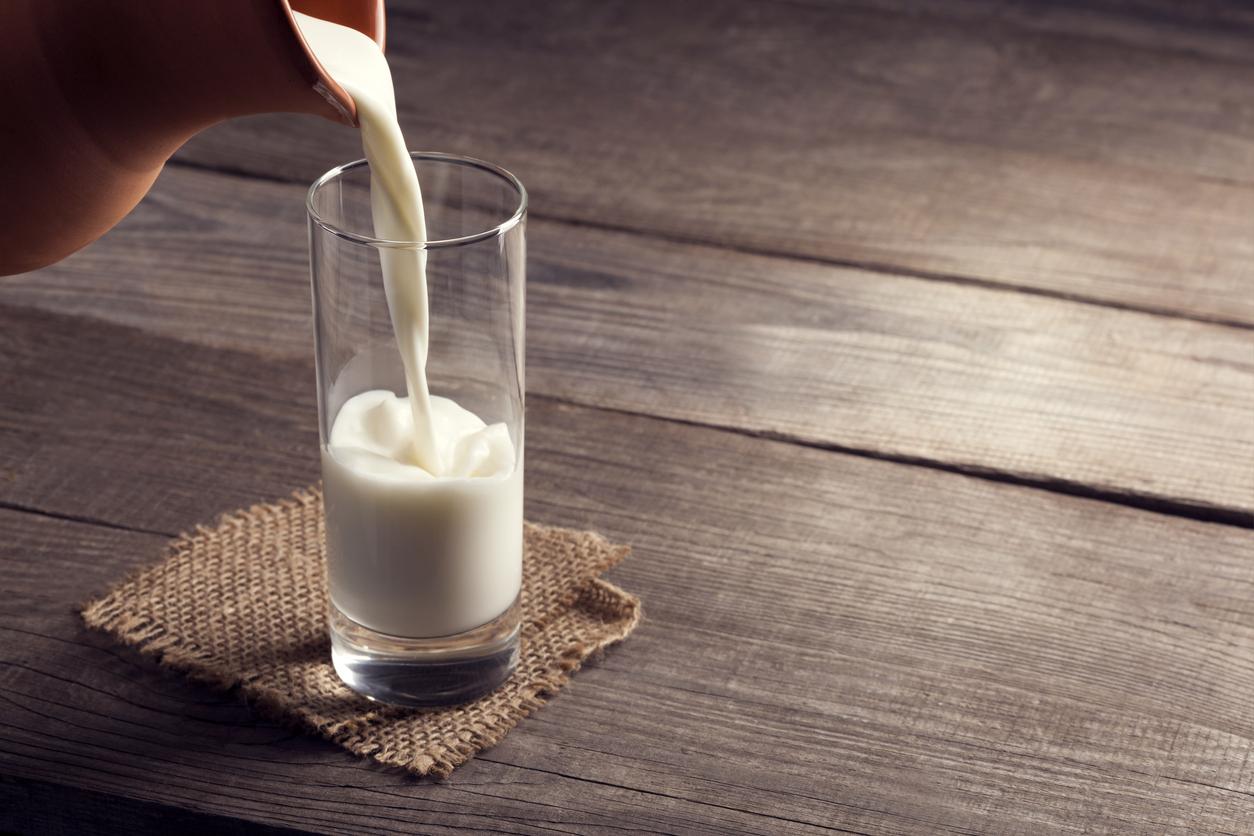
- Raw milk is refrigerated directly after the cow is milked and can be consumed within three days.
- Pasteurized milk is heated to a minimum of 63° and then cooled to kill bacteria, viruses and parasites.
- According to three food experts, the benefits of raw milk do not outweigh its health risks.
Until 1966, the sale of raw milk was banned in France. While this product is now authorized, its consumption could be more risky than beneficial, according to the opinion of three experts in an article in the media The ConversationThey are Juan Silva and Joel Komakech, two food researchers at Mississippi State Universityin the United States, and Mandy Conrad, a nutritionist.
Raw Milk Benefits Questioned
Raw milk is refrigerated immediately after the cow is milked and can be consumed within three days. Pasteurized milk, which is found in supermarkets, has been previously heated to a minimum of 63°, then cooled. This process aims to kill bacteria, viruses and parasites but it can cause nutrient losses, which is not the case with raw milk.
However, the researchers assure that the latter would be more risky than beneficial for health. To do this, they rely on two studies: the first only concerns raw milk and the second compares it to the pasteurized one. Results: The benefits of raw milk are lower than its risks to human health.
The three experts take up several preconceived ideas on the benefits of raw milk:
- Raw milk improves lactose intolerance: false
- Raw milk contains a lot of vitamins: false
- Raw milk contains more probiotics: false, “it even lacks some!” Probiotics are generally added to dairy products, such as yogurt, after pasteurization.
“Drinking or eating raw milk products can expose people to germs”
Raw milk may not be as beneficial for health as we think. Worse, according to scientists, it could even be dangerous. In fact, it could be the cause of several outbreaks of foodborne illness.
According to a study published in 2022 in the journal Epidemiology & Infection202 food outbreaks linked to unpasteurized milk resulted in 2,645 illnesses and 228 hospitalizations between 1998 and 2018.Drinking or eating raw milk products can expose people to germs such as Campylobacter, Cryptosporidium, E. coli, Listeria, Brucella and Salmonella, can we read on the website of US Centers for Disease Control (CDC). Certain groups, such as children under 5, adults over 65, pregnant women, and people with weakened immune systems, are at higher risk of serious illness from these germs.”
In other studyresearchers show that there were three times more outbreaks in areas where raw milk was legally sold in the United States between 1998 and 2018 than in those where it was not allowed.
Currently, one of the main threats is the H5N1 virus. According to experts, raw milk could contain this virus responsible for bird flu. Thus, if humans consume contaminated milk, they could become ill. The three experts therefore recommend favoring pasteurized milk over raw milk, while recalling that zero risk does not exist. Indeed, there have already been contaminations after pasteurization, but in rare cases. If the procedure has been followed correctly, there is generally no risk.









